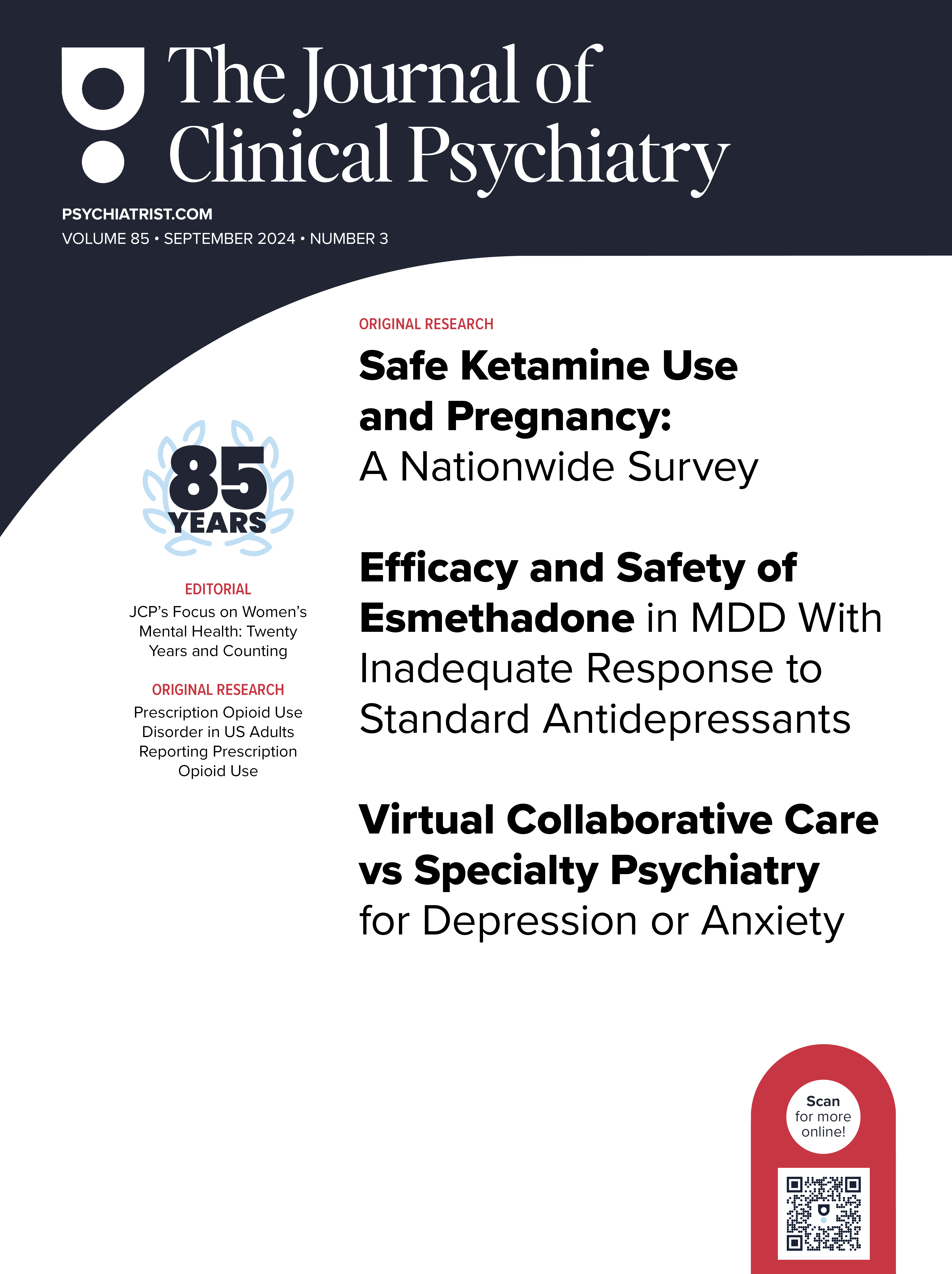Background: Few studies have compared thetreatment efficacy of the 2 selective serotonin reuptakeinhibitors sertraline and fluoxetine.
Method: A randomized, single-blind,parallel-group study of 10 weeks’ duration comparing the efficacyof sertraline, 50 mg/day; sertraline, 100 mg/day; and fluoxetine,20 mg/day, was conducted in 44 psychiatric outpatients withDSM-IV unipolar major depressive disorder. Antidepressant dosageswere doubled at 6 weeks for subjects who had not achievedremission. Primary outcome measurements included the 21-itemHamilton Rating Scale for Depression (HAM-D) and the ClinicalGlobal Impressions-Improvement scale (CGI-I), with scores of<= 7 on the HAM-D and <= 2 on the CGI-I representing apositive treatment response, i.e., remission.
Results: At 4 weeks, significant differences inrate of positive treatment response were noted, with 0% forsertraline, 50 mg; 46% for sertraline, 100 mg; and 31% forfluoxetine, 20 mg (p = .023). At 6 weeks, positive treatmentresponse rates were 21%, 43%, and 31% for subjects taking 50 mgof sertraline, those taking 100 mg of sertraline, and thosetaking 20 mg of fluoxetine, respectively, with treatment groupsno longer differing significantly from each other. In subjectsfor whom antidepressant dose was doubled at week 6, responserates at week 10 (4 weeks on increased dose) were 40% forsertraline, 100 mg; 43% for sertraline, 200 mg; and 55% forfluoxetine, 40 mg.
Conclusion: Subjects taking sertraline, 100 mg,and fluoxetine, 20 mg, demonstrated an earlier treatment responsecompared with subjects taking sertraline, 50 mg. For patientswithout a positive response at 6 weeks, an increasedantidepressant dose resulted in remission for a substantialproportion of patients when assessed 4 weeks later.
Enjoy free PDF downloads as part of your membership!
Save
Cite
Advertisement
GAM ID: sidebar-top




